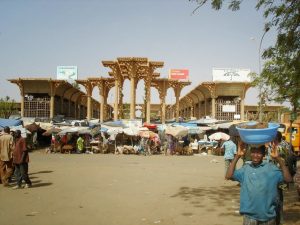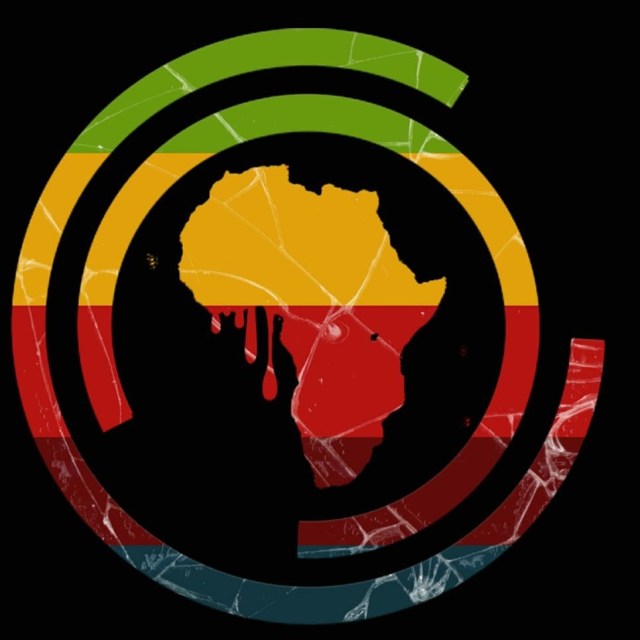So Much Going On in the World!
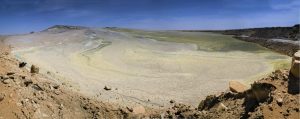
Arlit is a town of about 120,000 inhabitants is located in one of the Sahel’s most remote regions, not far from the Algerian border. The surrounding area is known to be the operating territory of numerous bandits and armed groups, including Islamist militants. It is like an island in the middle of the desert, an artificial oasis with only one raison d’être: uranium.
For Arlit, 2 February 1968 was a crucial date. Eight years earlier, Niger had gained its independence from France, but now, the former colonial power was deepening its role in the country once again. After years of research, the French government had decided to open its first uranium mine in the area.
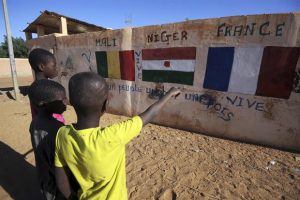
Starting production was relatively straightforward. “In the West you need a bookshelf full of permissions and certificates. In Niger, you give someone a spade and two dollars a day, and you’re mining uranium”, wrote journalist Danny Forston when he visited the town.
And so it went. The first shovel in the northern sand was accompanied by handshakes and the promise of an honest collaboration between one of the world’s least developed countries and its former coloniser. The French swore that Arlit would soon be known as Le Petit Paris.
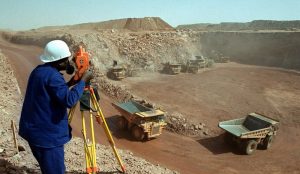
Since then, approximately 150,000 tonnes of uranium have been extracted by the majority state-owned French company Areva, which is now one of the largest uranium producers in the world. The two mines around Arlit – Somaïr and Cominak – account for around a third of the multi-billion-dollar company’s total global production.
France uses this uranium to generate nuclear power, some of which is sold on to other European countries. According to Oxfam, over one-third of all lamps in France light up thanks to uranium from Niger.
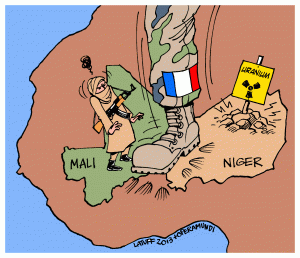
However, in contrast to France, Niger has failed to see similar benefits. The West African country has become the world’s fourth largest producer of uranium, which contributes tens of millions to the nation’s budget each year. Yet it has remained one of the world’s poorest and least developed countries, with almost half its 20 million population living below the poverty line. Its annual budget has typically been a fraction of Areva’s yearly revenue.
The main reason for this is the deal struck between Areva and Niger. The details have not been made public, but some journalists and activists such as Ali Idrissa, who campaigns for more transparency in the industry, have seen the agreement. Amongst other things, the documents suggest that the original deal generously exempted Areva from customs, export, fuel, materials and revenue taxes.
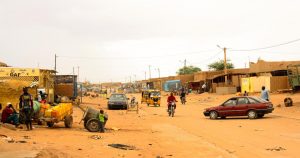
In 2014, Niger attempted to re-negotiate. As the agreement came up for renewal, the government called for the tax breaks to be removed and for the low royalty rate to be raised from 5.5% to 12-15%. Areva insisted this would make its activities unprofitable and suspended operations for two weeks during negotiations, officially for maintenance reasons.
Eventually a new deal was agreed, but the power dynamic between Areva and Niger had been made clear in the drawn out negotiations.
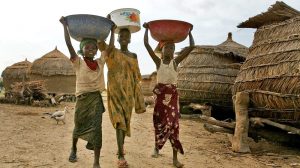
Indeed, there is a history of Islamist militant attacks and kidnappings in the area, including some directly targeting Areva. In 2010, seven of the company’s employees were abducted, including five French nationals. In 2013, an attack on the Somaïr mine left one dead and 16 injured.
While the world held its breath as armed groups stepped up operations in the region, Areva, managed to extract over 4,000 tons of uranium, up from two years before, without too much trouble.
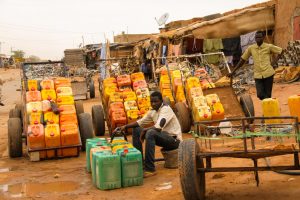
Dan Ballan says this illustrates how far the Nigerien uranium industry stands apart from the country’s social environment and how isolated Arlit has become especially amidst regional insecurity.
“International NGOs or UN agencies don’t exist here, and Areva has nothing to fear from the Nigerien government,” he says. “We’re literally a forgotten community, completely left to the mercy of the multinational.”
Moreover, while the uranium mines consume millions of litres (of water) each day, only a small proportion of Arlit’s Nigerien population enjoy running water. A 2010 Greenpeace study estimated that 270 billion litres of water had been used by the mines over decades of operations, draining a fossil aquifer more than 150 metres deep. The depletion of these ancient water reserves has contributed to desertification and the drying up of vegetation.
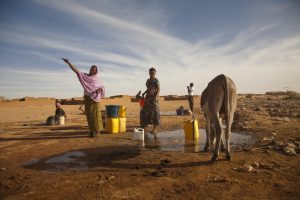
The water in Arlit, however, is not only scarce. Researchers over the years also suggest that, along with the soil and air, it contains alarming levels of radiotoxins. In 2009, Greenpeace conducted their own tests and found that five of six examined wells – all used to get drinking water – contained excess radioactivity as well as traces of toxins such as sulphates and nitrates.
It is not difficult to come across Arlit residents suffering from serious health problems. In Akokan, a nearby community predominantly inhabited by Areva employees, we meet Hammett, 47, under a rusty shed.

The only hospitals in Arlit are run by Areva, with all the medical staff on the company payroll. The government provides no healthcare here. At the Cominak facility, Dr Alassane Seydou claims to have never diagnosed someone with a disease that could be linked to radiation or toxins. He says that in more than 40 years, not a single case of cancer has been discovered. “All employees are systematically examined, but we haven’t encountered any strange diseases,” he claims.
Following Greenpeace’s study, Areva published its own report, denying all the environmental NGO’s allegations and highlighting its role in the Nigerien economy and for development. Areva argued that Greenpeace’s “anti-nuclear and Manichean discourse is based on public fears and disinformation, which only advocates for confrontation between local populations and the multinational.”

In 2005, the French law association Sherpa launched an investigation into Areva’s activities in Arlit. Speaking to them, one former employee at Somaïr hospital alleged that patients with cancer had been knowingly miscategorised as having HIV or malaria. The surgeon-in-chief at the hospital denied those claims.
In 2013, the Nigerien organisation Réseau Nationale Dette et Développement interviewed 688 former Areva workers. Almost one quarter of them had suffered severe medical issues, ranging from cancer and respiratory problems to pains in their joints and bones. At least 125 had stopped work because of these health issues.

A similar survey was carried out on French former employees around the same time. In 2012, Areva was found culpable in the death of Serge Venel, an engineer in Arlit from 1978-1985. A few months before his passing, doctors had found that his cancer was caused by the “breathing of uranium particles”. The case went to court, with the judge ordering Areva to pay compensation for its “inexcusable fault”. Before the court of appeals, only the Cominak mine was found responsible.
Back in Arlit, the stories of French former employees standing up to Areva are well-known. But the struggle for Nigerien workers to get recognised is even steeper than in Europe. “Both the legal system and the financial means to stand up for our rights are lacking”, says Dan Ballan. “In a couple of years, the uranium reserves will be depleted and Areva will leave, however the pollution and underdevelopment will stay behind.”
